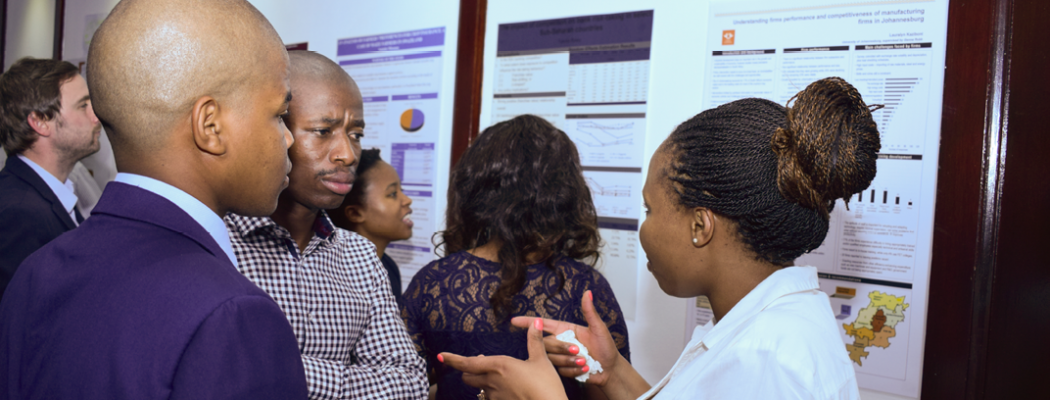Feed biomass production may not be sufficient to support emerging livestock demand: Model projections to 2050 in Southern Africa
The demand for livestock-derived foods has steadily grown over the past decades and rising incomes and human populations are expected to see demand further increase. It is unclear if current livestock feed resources are adequately prepared to meet future demand especially given the looming challenges of climate change. Many feeds such as grasses, crop by-products, and other biomass may not be widely grown commercially or sold in formal markets but are critical sources of livestock feed in many low resource settings in which ruminant livestock production is important. The availability of these feed types can determine the extent to which the livestock sector can expand to meet growing, and sometimes critical, demand for animal-source foods. In this paper, we compare country-level projections of livestock demand from a global economic model to simulated data on feed biomass production. Our comparisons account separately for beef, lamb, and dairy demand. The data allow us to assess the future sufficiency of key sources of feed biomass, and hence aspects of the expansion capacity of livestock production in selected countries in Southern Africa. In a country and year, availability was calculated as total domestic production of a specific feed type divided by total domestic demand by livestock animals. Feed supply was considered relatively more or less sufficient in a future year compared to the relative availability calculations of the baseline or initial year of analysis. The role of feed biomass constraints is analyzed under different scenarios of changes in income per person and total human population, and of climate change conditions in the region in 2050. Our simulation results project that given the interacting effects of projected climate change and changes in income and population in the region, there will not be enough feed biomass produced domestically to meet growing demand for livestock products. For three types of feed biomass (feed crops including grains, grasses, and crop by-products) for which future livestock feed sufficiency was examined, our results showed feed sufficiency declines for all three feed types in Malawi and Mozambique, for two out of three in South Africa and for one of three in Zambia, under intermediate and extreme scenarios of climate change in 2050. Grass production from rangelands was further projected to be more constrained than 2010 conditions, for all the countries in the study. Our results suggest an urgent need to improve feed biomass productivity to support future supply of animal protein in the study countries.

